The cause of the catastrophic train accident in Odisha state that killed at least 288 people has been determined and those responsible have been held, India's railway minister said.
According to DW (Germany), on June 4, the Indian Railways Minister said that a malfunction in the electronic signaling system likely caused the accident, but noted that details would be revealed in a final report. To date, at least 288 people have died in the train tragedy in Balasore, Odisha state.
India's Railway Minister Ashwini Vaishnaw said the country's worst train accident in decades was caused by a "change that occurred in the electronic interlocking process." The technical term refers to a complex signalling system that coordinates the movement of trains on the track to prevent them from colliding.
Minister Ashwini added that it was "inappropriate" to provide further details about the cause of the accident before the final investigation report was available.
Mr Ashwini said a glitch in the electronic signalling system had caused a train to switch to the wrong track. “Who did it and why will be investigated,” he said in an interview with a New Delhi television network.
The tragedy occurred at 7 p.m. local time on June 2. Local reports indicate that the Coromandel Express high-speed passenger train received a signal to enter the main track. The signal was later withdrawn, and the train instead entered an adjacent loop, colliding with a second freight train.
The collision caused several carriages of the first passenger train to overturn onto another track, and were hit by an oncoming third train, on the Yesvantpur - Howrah Express passenger line.
Two passenger trains carrying more than 2,000 people.
The inter-agency inspection report by the inspectors also stated that the green signal was given to the Coromandel Express to pass through the designated main line, and the signal was then turned off. However, the train entered a loop, hit a stationary goods train and derailed. Meanwhile, the Super Express coming from Yashwantpur hit the Coromandel.
So far, Indian authorities have reported at least 288 deaths and more than 800 injuries. This number is likely to continue to rise as many people are still trapped in the rubble.
On June 3, Indian Prime Minister Narendra Modi inspected the scene of the horrific train accident and assessed the rescue and rail restoration efforts, while affirming that those involved in the incident will be severely punished.
Minister Ashwini also said that the focus of the authorities at the moment is to restore rail services, aiming to restore normalcy by the morning of June 8.
The accident comes as Prime Minister Narendra Modi is focusing on modernizing India’s rail network, which has grown from a British colony to the world’s most populous country with 1.42 billion people, according to the Guardian. Despite government efforts to improve rail safety, hundreds of accidents occur on India’s rail network every year.
In 1995, two trains collided near New Delhi, killing 358 people in India's worst train accident. In 2016, a passenger train derailed between the cities of Indore and Patna, killing 146 people.
Most train accidents in India are caused by human error or outdated signalling equipment. Every day, more than 12 million people travel on 14,000 trains across India, which travel 64,000km of track.
Source


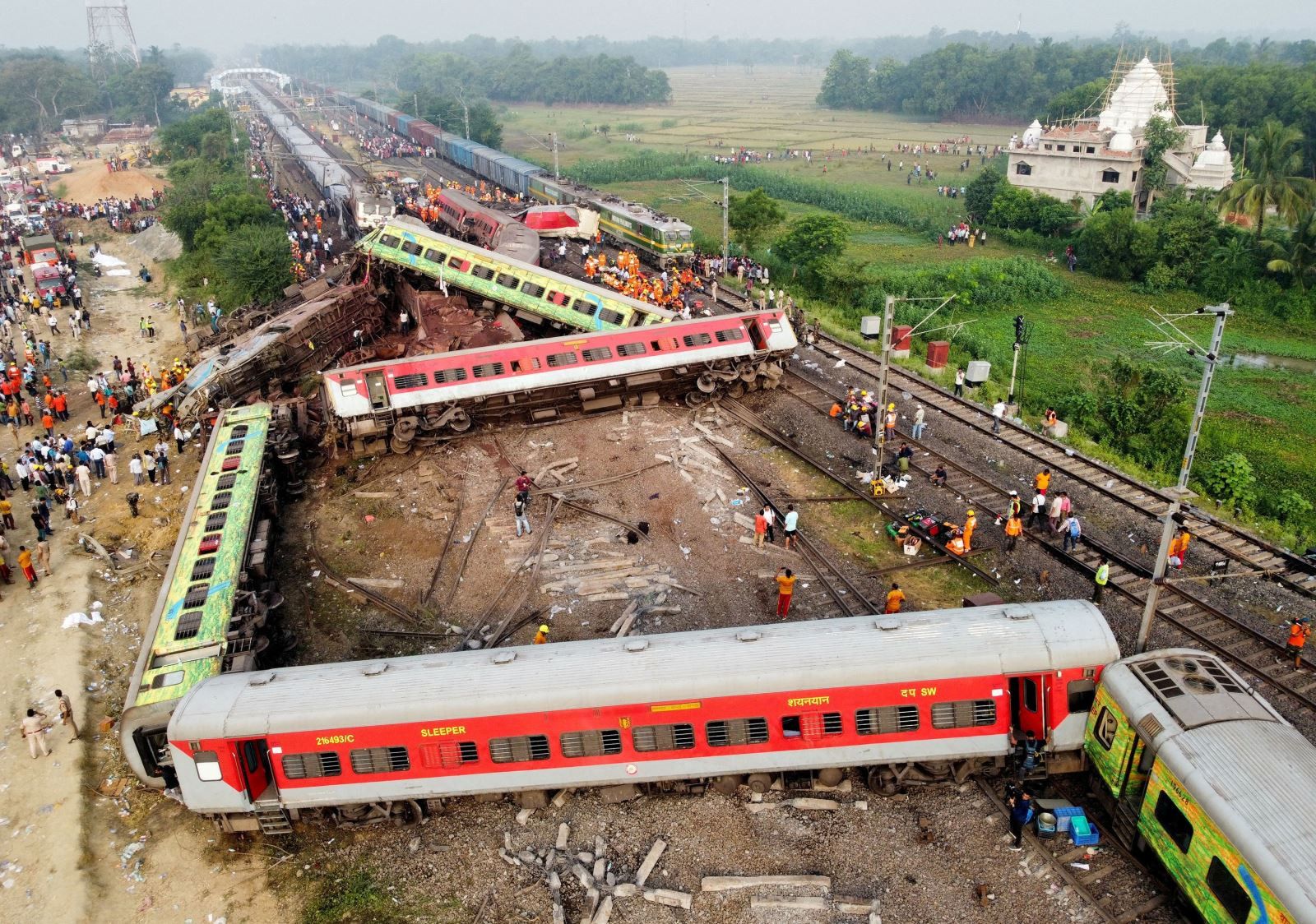
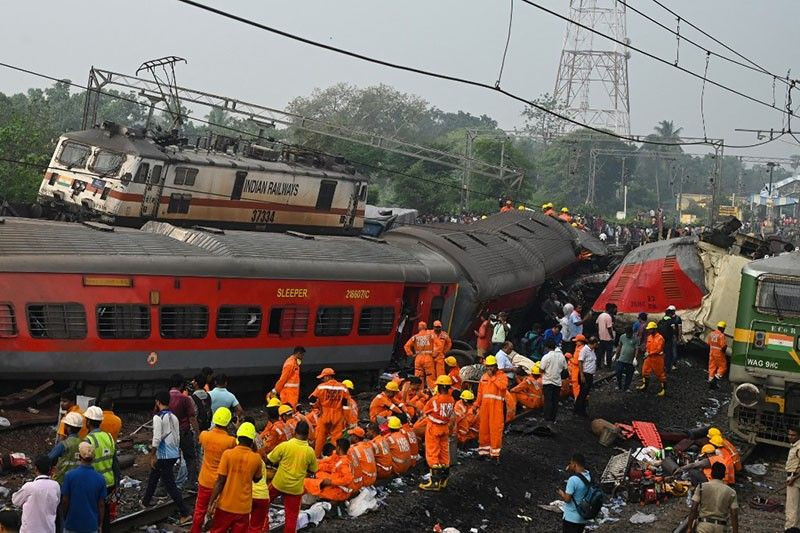


![[Photo] Prime Minister Pham Minh Chinh attends the event "Digital transformation of the banking industry by 2025"](https://vphoto.vietnam.vn/thumb/1200x675/vietnam/resource/IMAGE/2025/5/29/0e34cc7261d74e26b7f87cadff763eae)

![[Photo] Prime Minister Pham Minh Chinh receives leaders of Excelerate Energy Group](https://vphoto.vietnam.vn/thumb/1200x675/vietnam/resource/IMAGE/2025/5/29/c1fbe073230443d0a5aae0bc264d07fe)




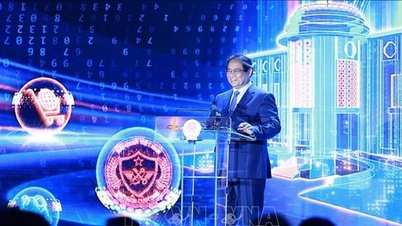






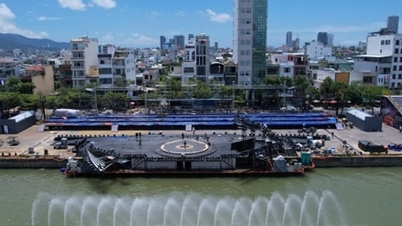

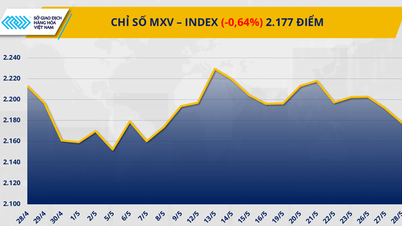
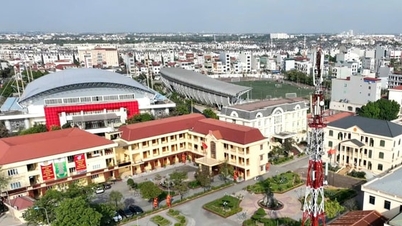


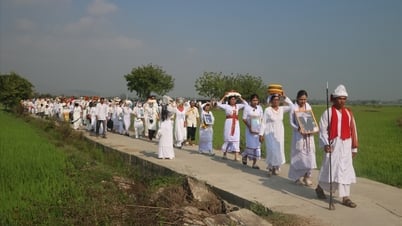

































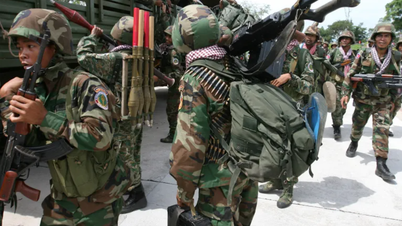




































Comment (0)